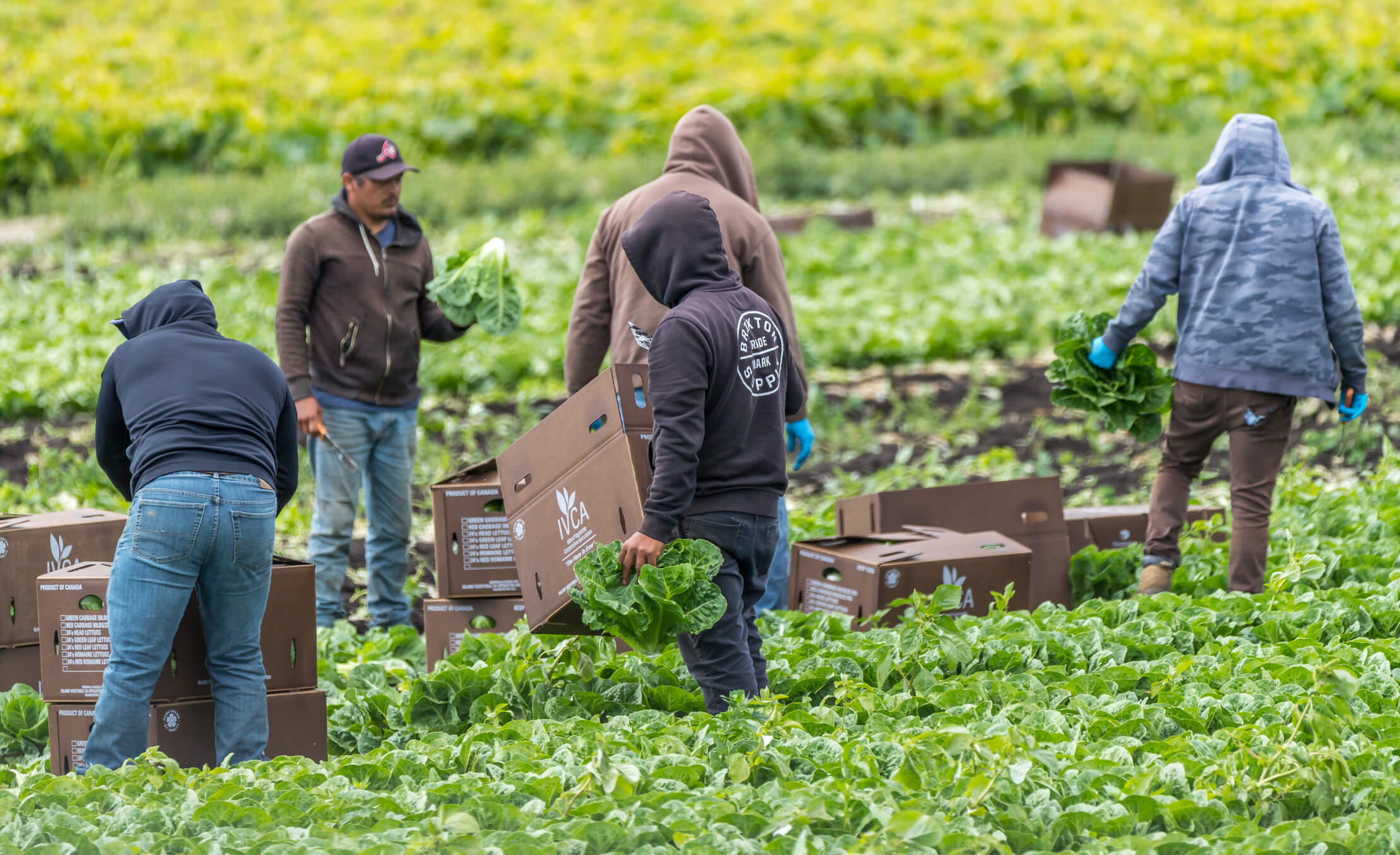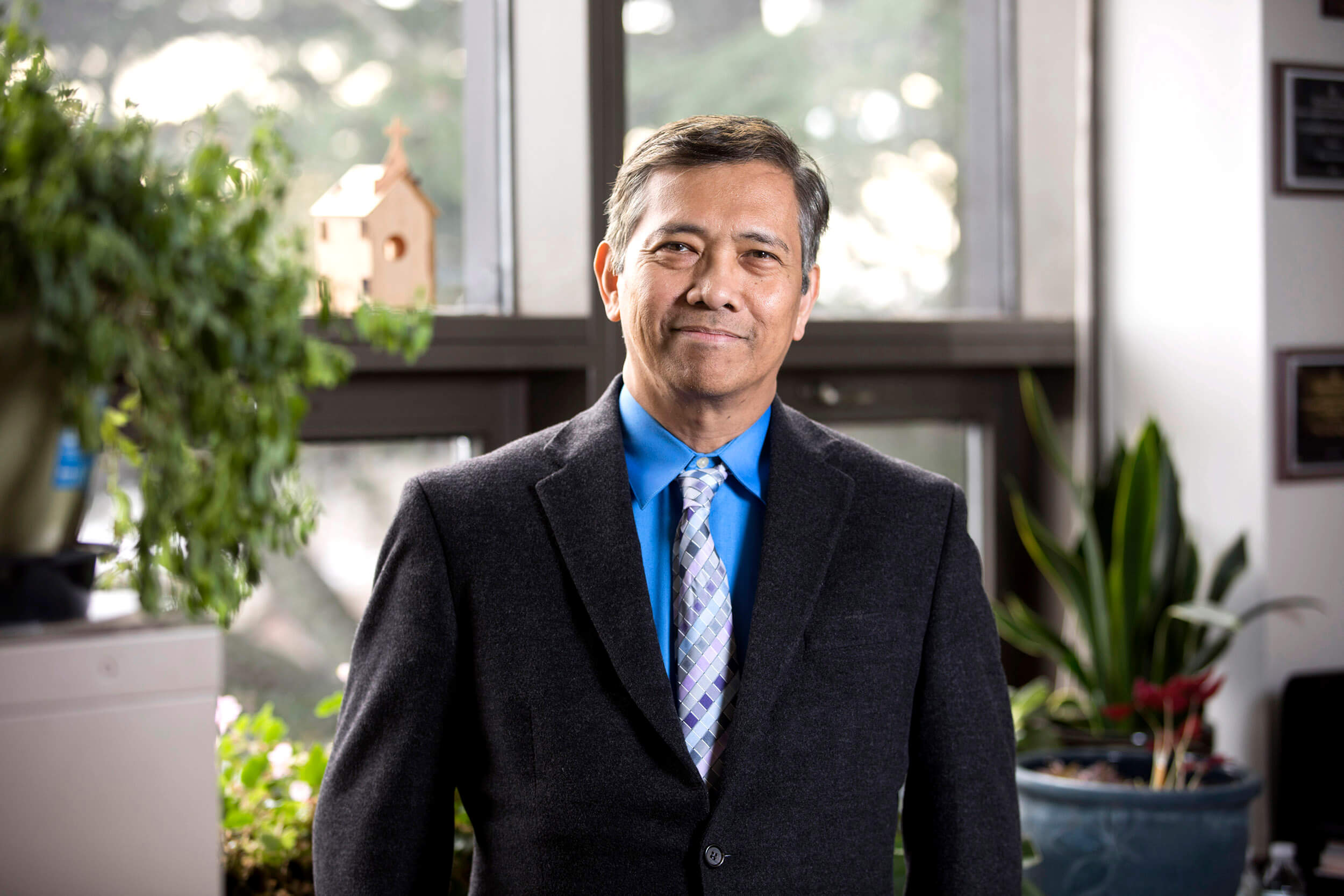
On a farm in southwest Georgia, the rising sun is just beginning to shine upon acres of lush fall crops growing in neat rows. Migrant workers are hunched over, quickly picking the dew-covered leafy greens destined for grocery stores throughout the country. At the end of a hard day, they head home to a shared house that has been provided to them for the duration of their employment. The next morning, they will wake and return to the fields for another day of work in the elements and finish with a shared evening in the communal housing.
This has been the workers' routine throughout the warm season. They will harvest crops into late fall, when they will finally pack up and return to their home countries to seek out local work while they wait for the growing season to begin again in the United States.
A similar story plays out each year for more than 350,000 migrant workers in the U.S. who participate in the H-2A Temporary Agricultural Workers Program, often called the H-2A visa program. The program helps U.S. farmers temporarily fill employment gaps for planting, cultivating and harvesting crops when domestic workers are in short supply, primarily in the more labor-intensive fruit, vegetable and horticulture industries.
“When you look at the states with the highest utilization of the H-2A program, you see it’s consistently states in the Southeast, of which Georgia is one of the highest employers of these workers every year,” said Cesar Escalante, a professor in the Department of Agricultural and Applied Economics at the University of Georgia’s College of Agricultural and Environmental Sciences.
Farms in the Southeast tend to be smaller than those in many other regions due to the varied topography and watersheds that branch into rivers and streams, creating natural breaks in arable land. Coupled with the warm, wet climate, fruits and vegetables are a mainstay for the region’s economy. For these reasons, farms are less mechanized than those in the Midwest, and labor demands are higher.
H-2A visas and wage adjustments
Before a job can be certified for the H-2A program, the U.S. Department of Labor requires employers to demonstrate that their efforts to recruit U.S. workers have been unsuccessful. Despite these restrictions, the H-2A program has grown rapidly in recent years as domestic workers find jobs outside agriculture. Georgia is consistently one of the top five states to use the program, depending on H-2A workers for 60% of agricultural jobs.
Last year, the Department of Labor passed legislation to raise the Adverse Effect Wage Rate (AEWR) by a sharp 14% for several states, including Georgia. The AEWR establishes the minimum wage for H-2A workers and serves as a benchmark to ensure their wages would not cause a downward market pressure on U.S. wages of workers in similar occupations.
The increase raised the minimum wage to almost $14 per hour and comes on the heels of a near 10% increase in 2022, putting additional pressure on farm owners whose main cost of operation tends to be labor.

According to Escalante, regional AEWR trends indicate that wage rates in the South were the lowest among regional averages between 2019 and 2021.
Although Southern states reported higher annual AEWR increments this past year than any other state, their current rates are now on par with the rest of the country, Escalante said.
Based on the national H-2A labor certification data for 2023, H-2A numbers have increased throughout the year. Florida and Georgia, the two states with the most significant AEWR increases, have still managed to increase their employment of H-2A workers since 2022.
Will the increased wage rate impact farm businesses?
The H-2A program is already an expensive program for farmers to fund, said Escalante, who specializes in agricultural finance. Compounded by current economic pressures and record-high input costs, the drastic wage increase puts a lot of small- to mid-scale farmers at risk of having to make significant economic sacrifices or losing their farm businesses altogether.
But how do you balance supporting the interests of farm businesses while also valuing and fairly compensating the people doing the hard work in the field? This balance, Escalante said, is the crux of his work in the field of agricultural economics.
Escalante aims to investigate whether the increased patronage in the program and wage rates have any impact on the bottom line of farm businesses in the upcoming year. His research will focus on fruit and vegetable farms and will estimate how profits are affected. He will also determine whether there have been any adjustments in operating strategies made to cope with increasing input costs.
In a recent interview with the Cultivating Curiosity podcast, Escalante said working with farmers over the past 20 years has revealed abundant issues in the agriculture industry, especially concerning immigration policies. Listen to the episode to learn more about the economics of agriculture.
“Agricultural economics is an incredibly applied science," he said. “I strive to use agricultural economics as a tool for helping farmers make business decisions to not only improve their return on investments but also the quality of their lives and the lives of the people they employ.”
Editor's note: This is part one of a three-part series exploring how U.S. immigration policy impacts agricultural production in Georgia. Read part two for a look at how historical labor policies in agriculture have framed the relationship our nation has with migrant workers and immigrants from Central and South America.



.jpg)


